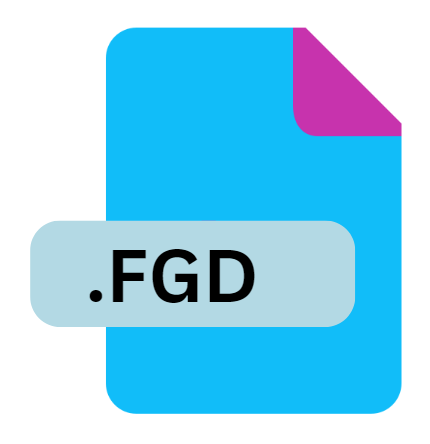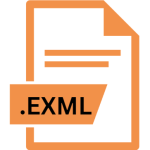.FGD File Extension

Forge Game Data File
| Developer | Valve |
| Popularity | |
| Category | Game Files |
| Format | .FGD |
| Cross Platform | Update Soon |
What is an FGD file?
.FGD files, short for Forge Game Data files, are integral components within the Forge game engine ecosystem.
They serve as repositories for essential game data, including but not limited to entity definitions, attributes, and properties.
These files play a pivotal role in defining the behavior, characteristics, and interactions of in-game elements, facilitating the seamless integration of custom content and modifications into Forge-based games.
More Information.
The history of .FGD files are tightly interwoven with the evolution of the Forge-level editor. Initially introduced alongside the first iterations of Forge in the early 2000s, .FGD files were designed to encapsulate essential metadata and configuration settings for custom maps.
This included details such as object placement, scripting parameters, texture references, and other crucial information necessary for rendering the custom environment within the game engine.
Origin Of This File.
The genesis of .FGD files traces back to the Forge level editor, a renowned tool used primarily for creating custom levels and maps within certain games.
Forge, notably associated with the Halo series developed by Bungie and 343 Industries, empowers gamers with the ability to craft their own gaming experiences.
.FGD files serve as the vessel through which crucial data related to these custom creations is stored and accessed.
File Structure Technical Specification.
.FGD file is structured as a plaintext document, typically written in a markup language such as XML or JSON.
This human-readable format allows modders and level designers to easily manipulate and configure various aspects of their custom maps.
The file structure is hierarchical, organized into sections and subsections corresponding to different elements within the game environment.
Key components of an .FGD file may include:
- Entity Definitions: Defines the characteristics and behaviors of in-game entities such as weapons, vehicles, spawn points, and environmental objects.
- Texture References: Specifies the textures and materials to be applied to different surfaces within the map.
- Scripting Parameters: Contains scripting logic and triggers to govern dynamic events and interactions within the level.
- Map Metadata: Stores general information about the map, including its title, author, description, and version.
How to Convert the File?
Converting .FGD files to other formats can be necessary for interoperability with different game engines or tools. Here are some common methods for converting .FGD files:
- Manual Conversion: Manually edit the .FGD file using a text editor and reformat the data to match the target format. This method requires a deep understanding of both the source and target formats.
- Conversion Tools: Utilize specialized software tools designed to automate the conversion process. These tools often provide a user-friendly interface and support batch processing for multiple files.
- Scripting: Write custom scripts in languages like Python or Lua to parse the .FGD file and output the data in the desired format. This approach offers flexibility and can be tailored to specific needs.
Advantages And Disadvantages.
Advantages:
- Customization: .FGD files empower users to customize and create their own gaming experiences, fostering creativity and community engagement.
- Compatibility: Forge and .FGD files enjoy widespread support within their respective gaming communities, ensuring compatibility across different user-created content.
- Modularity: The modular nature of .FGD files allow for easy integration of additional assets and modifications, enabling users to continually enhance and expand their creations.
Disadvantages:
- Learning Curve: Mastering the intricacies of .FGD files and the Forge level editor can be daunting for novice users, requiring time and dedication to fully grasp.
- Dependency on Specific Platforms: .FGD files are primarily associated with the Forge level editor and certain gaming platforms, limiting their utility outside of these ecosystems.
- Versioning Issues: Updates and revisions to game engines and level editors may introduce compatibility issues with existing .FGD files, necessitating manual adjustments and updates.
How to Open FGD?
Open In Windows
- Notepad++: A powerful text editor that supports syntax highlighting and can handle large files efficiently.
- Forge Engine Tools: Specialized tools provided by the Forge game engine that are designed to work with .FGD files directly.
Open In Linux
- Gedit: A lightweight and user-friendly text editor available on many Linux distributions.
- Vim: A highly configurable text editor that is powerful for advanced users comfortable with command-line interfaces.
Open In MAC
- TextEdit: The default text editor on macOS, suitable for basic editing tasks.
- Sublime Text: A versatile text editor with advanced features like syntax highlighting and multi-caret editing.













